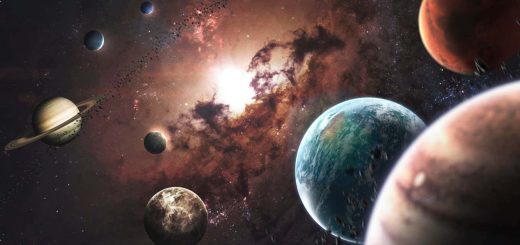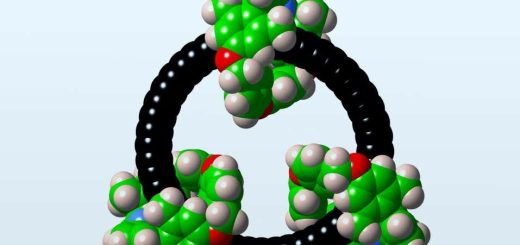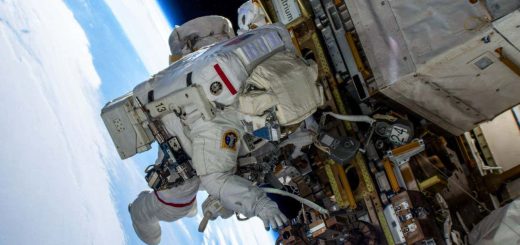AI could help replicate smells in danger of being lost to history
Artificial intelligence has been used to replicate fragrances more quickly than conventional methods, even taking into account how a scent fades over time
By Karmela Padavic-Callaghan
1 March 2024
Some scents are at risk of vanishing forever. Can AI replicate them?
blickwinkel/Alamy
Artificial intelligence can whip up the formula to recreate a perfume based on its chemical composition. One day, it could use a lone sample to reproduce rare smells at risk of being lost, such as incense from a culturally specific ritual or the smell of a forest that is changing because of rising temperatures.
Idelfonso Nogueira at the Norwegian University of Science and Technology and his colleagues profiled two existing fragrances, categorising them by scent family – subjective words such as “spicy” or “musk” commonly used to describe perfume – and so-called “odour value”, a measure of how intense a certain smell is. For instance, one of the fragrances scored the highest odour value for “coumarinic”, a family of scents similar to vanilla. The other received the highest odour value for the scent family “alcoholic”.
To train a neural network, the researchers used a database of known molecules associated with specific fragrance notes. The AI learned to generate an array of molecules that matched the odour scores for each scent family of the sample fragrances.
Advertisement
Read more
How this moment for AI will change society forever (and how it won't)
But merely generating those molecules was not enough to reproduce the target fragrances, says Nogueira, because the way we perceive smell is affected by the physical and chemical processes molecules go through when they interact with air or skin. Immediately after being sprayed, a perfume’s “top notes” are most noticeable, but they vanish within minutes as molecules evaporate, leaving “base notes” that can linger for days. To address this, the team chose molecules generated by the AI that evaporated under similar conditions as those in the original fragrances.
Finally, they again used AI to minimise any mismatches between the odour values of the original mixture and the AI-generated mixture. Their ultimate recipe for one of the fragrances showed small deviations with respect to its “coumarinic” and “sharp” notes, while the other seemed to be a very precise replica.


